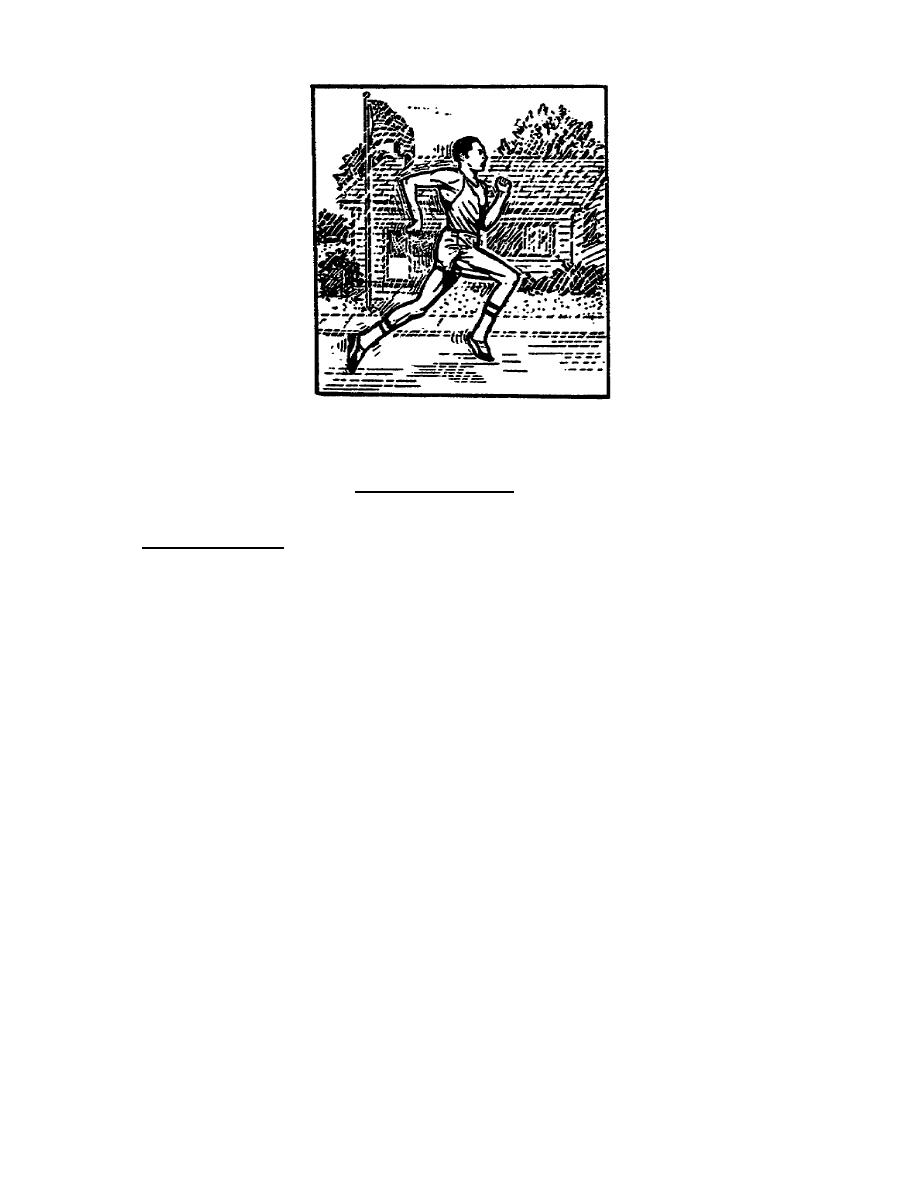
Figure 3-17.
Panning with a moving subject is another
way to show motion
2.
One final technique for controlling composition needs to be discussed,
and that is one called selective focus.
This is the technique of
manipulating the lens so that only the center of interest is in focus, and
everything in front or behind is blurred. It is achieved by manipulating a
lens' depth of field. Depth of field is the zone in front of and behind a
plane in "perfect" focus that still appears sharp to the viewer of the
photo. Theoretically, only one thin plane of any photo is truly in focus,
but there is always a zone which is so close that the eye can't tell the
difference. Outside this zone, things look more and more blurred.
a. The size of this zone can be easily controlled. It depends on three
things: the distance the lens is focused on, the focal length of the lens,
and the size of the aperture. In general, depth of field is decreased by
focusing closer, using a longer focal length lens, and by opening the lens
aperture. With a very long focal length lens focused closely and opened to
a wide aperture, the depth of field can be reduced to a very short distance
often an inch or less. By adjusting any combination of these three factors,
you can control the zone of sharpness fairly accurately.
b. By reducing the depth of field, you can isolate the subject you want
to draw attention to from the foreground, the background, or both.
Selective focus (which this is) is useful for solving a number of problems.
If there is something distracting in the background, throwing it out of
focus can often reduce, or even eliminate the offending object. Selective
focus can also enhance the illusion of depth by making the subject stand out
against the background. And, as already noticed, selective focus can force
the viewer's attention where you want it.
68


 Previous Page
Previous Page
